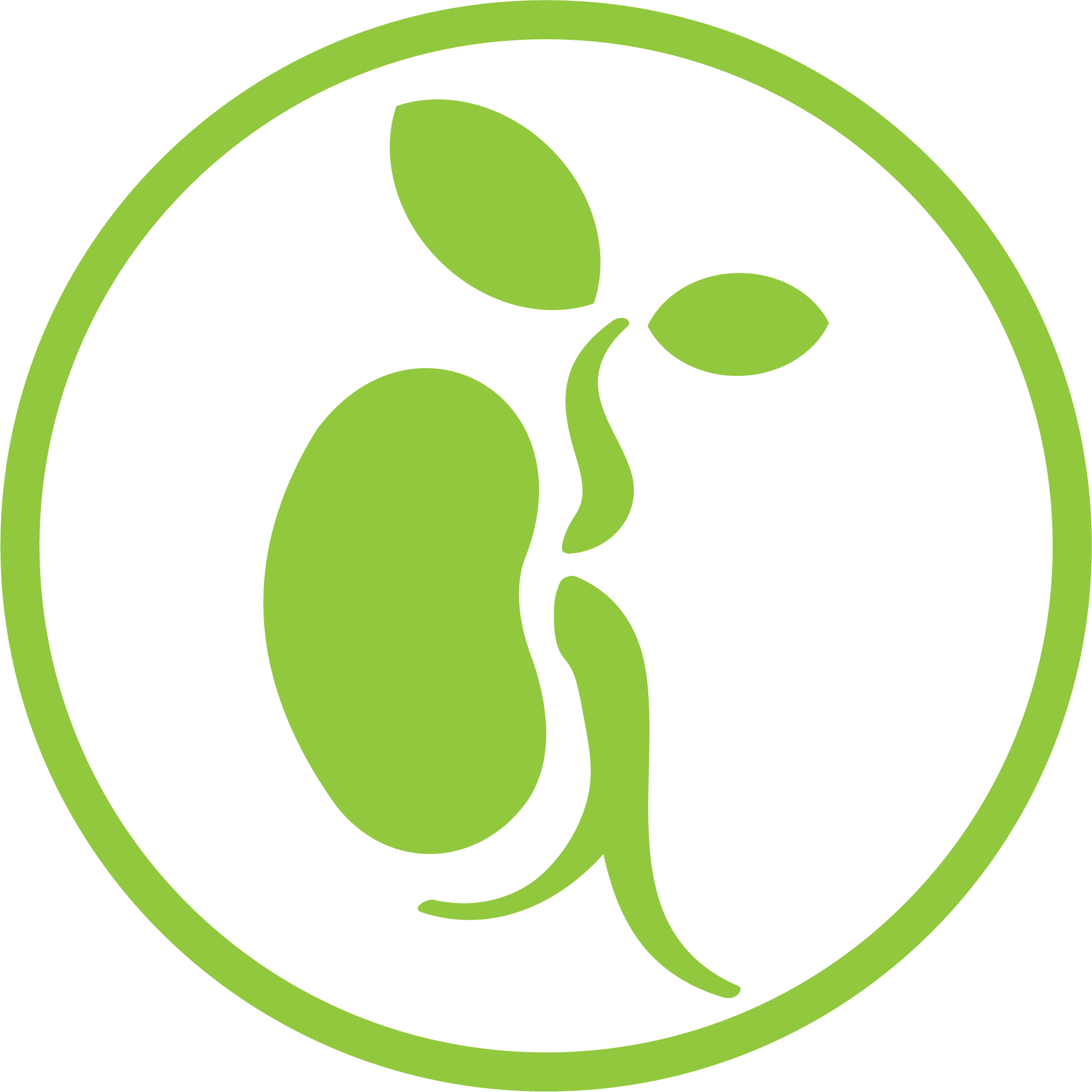Save our food - become a seed saver!
Nowadays, as agriculture becomes more intensive and industrialized, the range of cultivated crops has dramatically decreased. The cultivation of ancient varieties helps to promote biodiversity in the world of crops. It is also important that crops are grown in one place for a long time, adapt to specific soil and climatic conditions, become more durable and provide better yields, and thus give growers some independence.
Cultivating your food is just like printing your money.

Aim Of Seed Saving
Seed saving works to enhance biodiversity, adapting plants and animals to local conditions and growers’ needs, and to provide farmers with access to different seed material (older, traditional "heirloom" or "heritage" seeds).

What Happens With Seeds?
- Currently, most of humanity’s diet comes from only 12 plant and 14 animal species. So much reliance on some few varieties is dangerous, both ecologically and economically.
- Today, according to estimates by public organizations, the world’s top ten seed companies hold 67% of the world’s seed (ETC Group 2008).
- In recent years, the tradition of seed exchange has been revived throughout Europe in order to preserve the diversity of seeds and varieties and to point out shortcomings in European legislation that limits the sale and use of traditional or "heritage/heirloom" varieties.

What Seed Savers Are Doing?
- Promoting the consumption of self-grown food.
- Developing and adapting local varieties capable of responding to climate change.
- Developing the network of seed savers as a community component and exchanging heirloom seeds with local growers.
- Educating their members on how to secure the old varieties against genetic “contamination” from other varieties, and on the numbers of plants needed to maintain a healthy variety.

Why Is It Important To Save Seeds?
- For generations, farmers and gardeners have been seed-keepers and folk breeders who have maintained the genetic diversity of seeds by selecting the best seed and exchanging seeds.
- Seed diversity ensured the adaptation of crops to local climatic and soil conditions, as well as ensuring diversity in food and nutrients.
- In 2008, the World Food and Agriculture Organization (FAO) acknowledged that in the 20th century, genetic diversity in agriculture has fallen by 75%. In Europe, countless old breeds and landmarks have also disappeared, which have been acquired through folk breeding.


